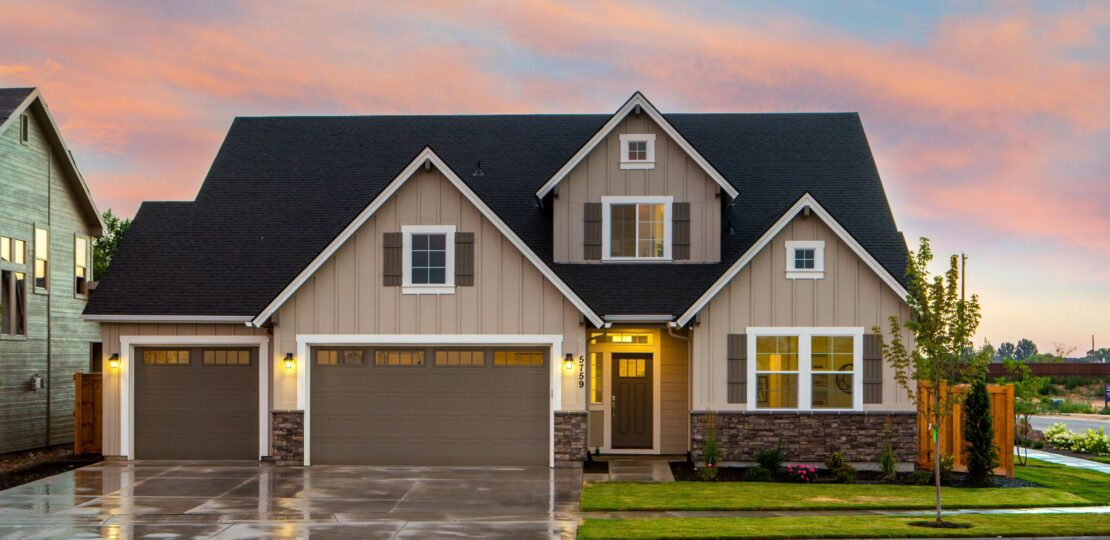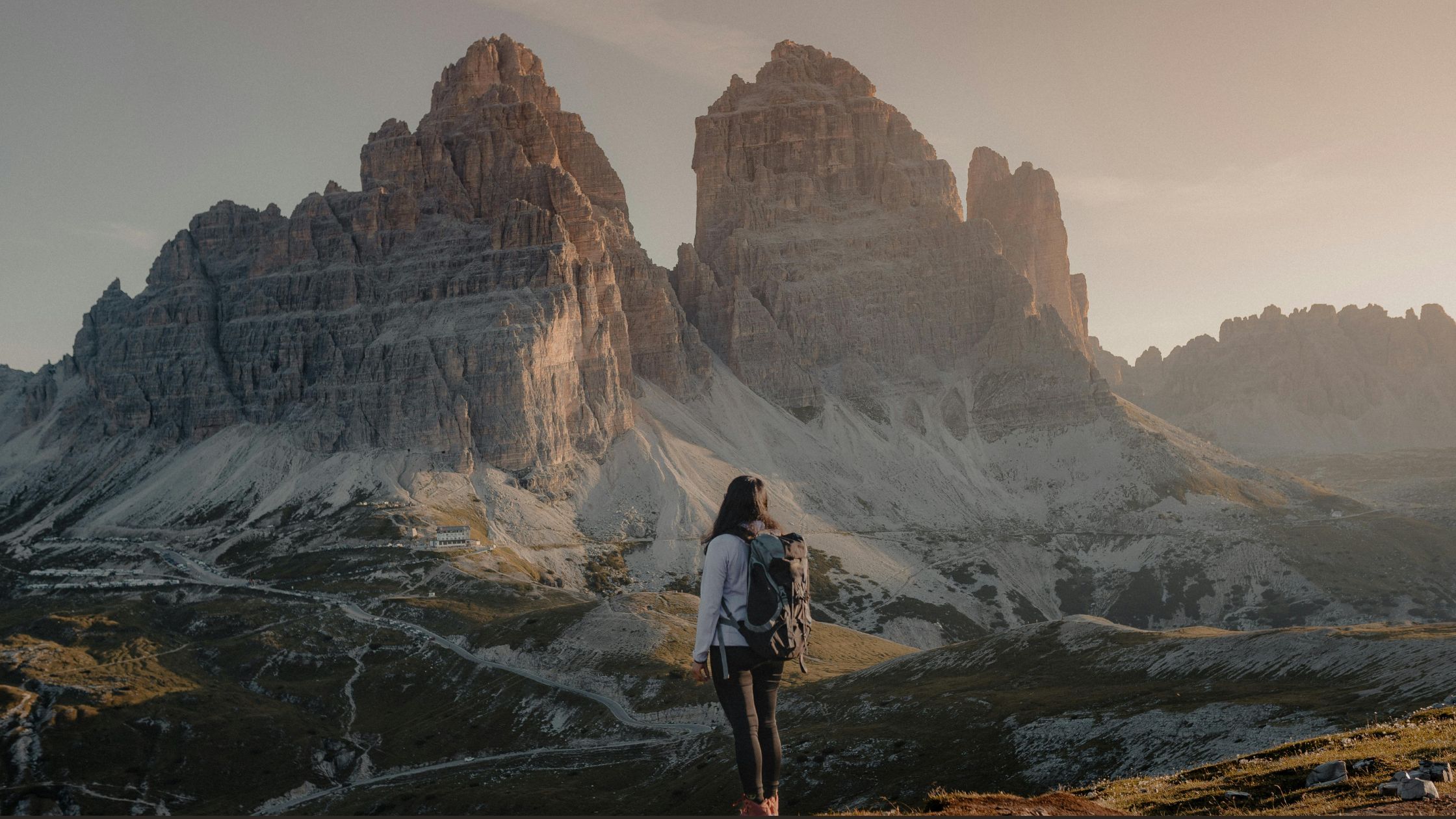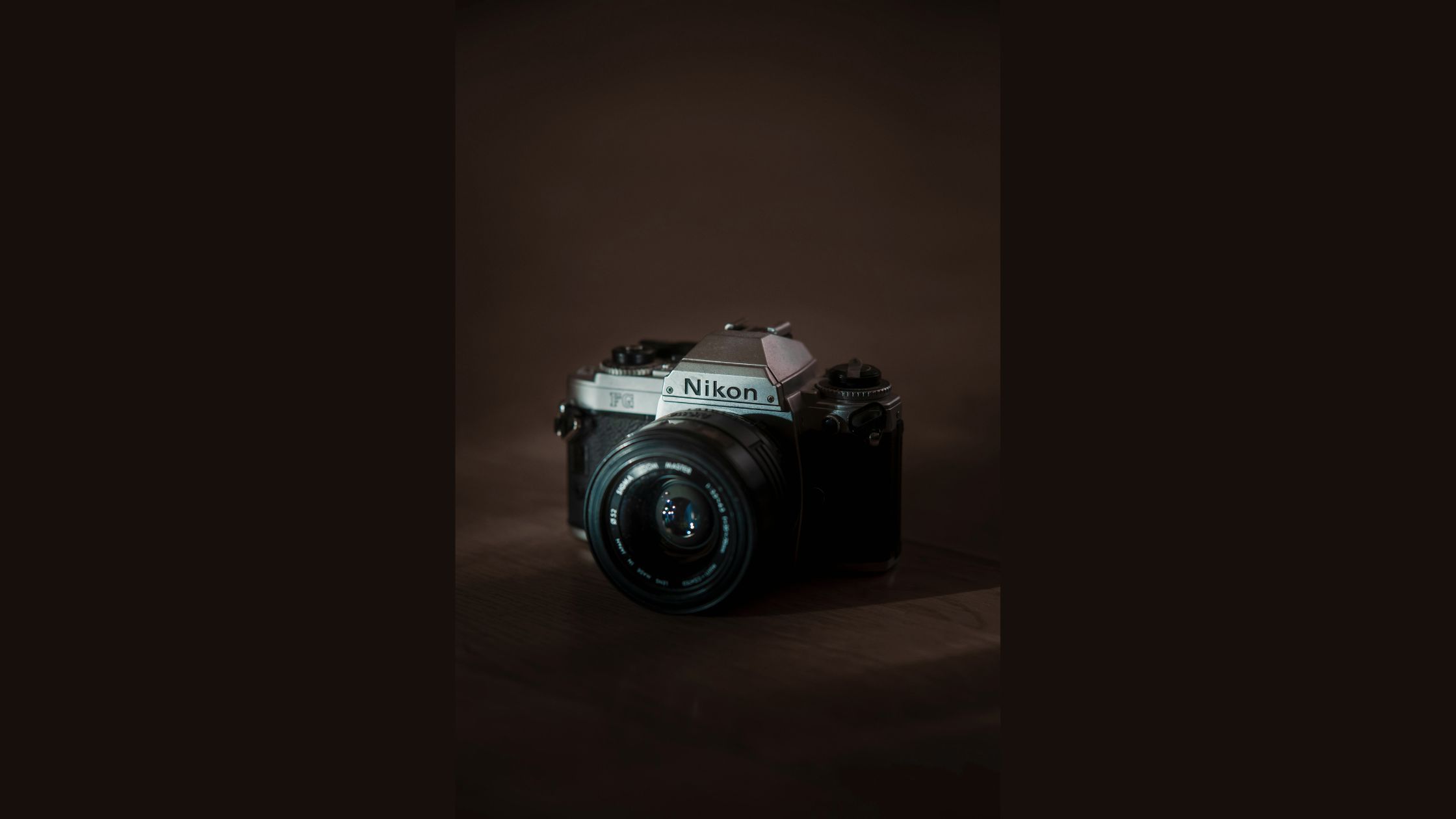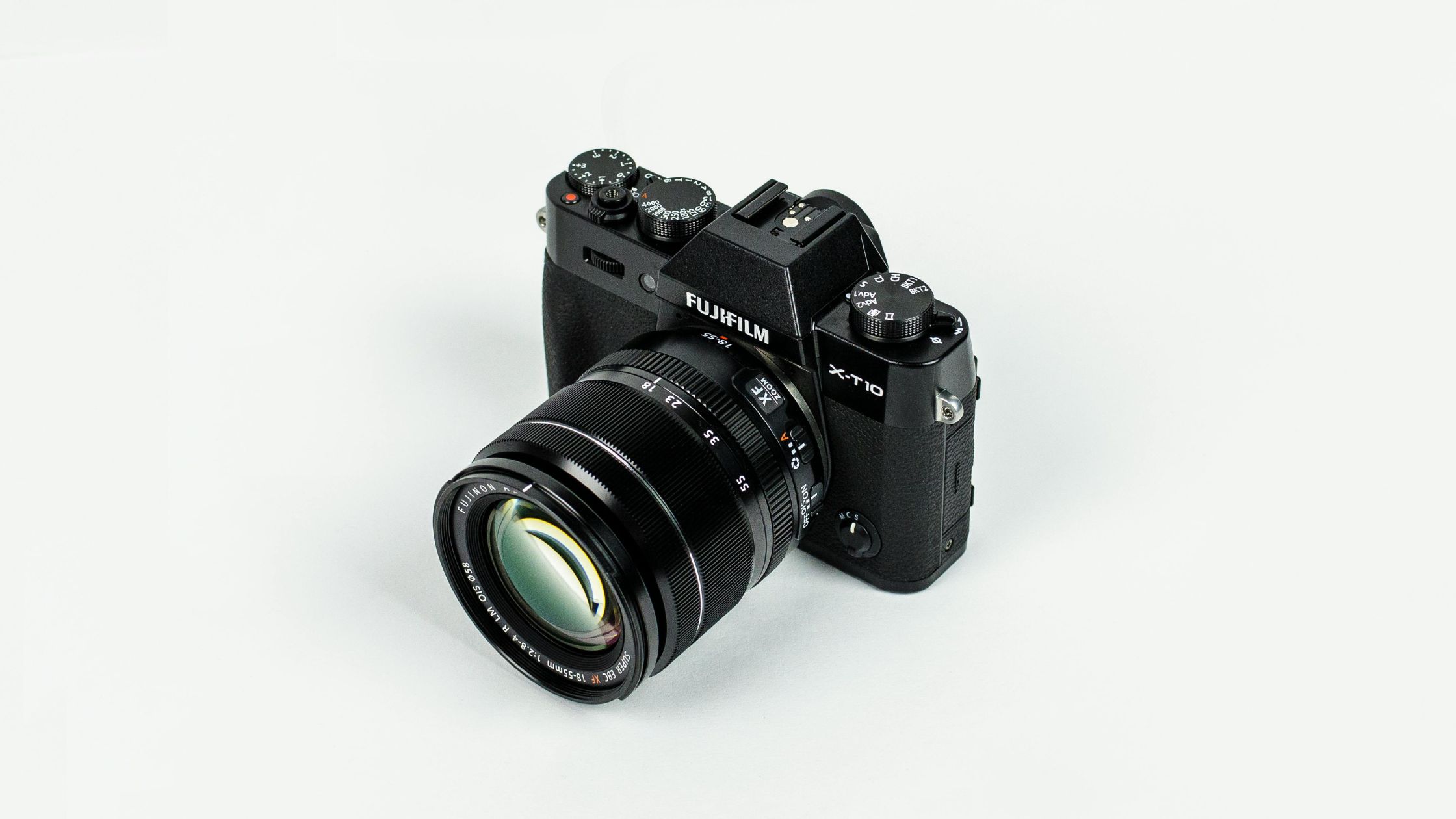

Introduction to Real Estate Photography
Real estate photography is a specialized field focused on capturing images of properties to effectively market them to potential buyers. As the industry evolved, the significance of high-quality visual representation has become increasingly evident. Effective real estate photography plays a crucial role in attracting buyers’ attention, influencing their perception of a property, and driving the overall successful sale.
The evolution of real estate photography can be traced back to traditional methods, where photographs were often taken with basic equipment and minimal planning. This approach generally involved straightforward snapshots that failed to capture the true essence and features of the property. However, as technology advanced, so too did the techniques used in capturing images of real estate. The introduction of digital cameras, along with the proliferation of editing software, has enabled photographers to create compelling visual narratives that resonate with viewers.
Modern real estate photography emphasizes the use of wide-angle lenses, professional lighting, and strategic composition to showcase properties in their best light. Additionally, the integration of aerial photography and virtual tours has expanded the potential for immersive experiences, allowing prospective buyers to explore properties from various angles. As a result, the visual representation of a property has become paramount in today’s competitive market, where first impressions are formed in mere seconds. Properties with professional photographs tend to sell faster and at higher prices compared to those with lower-quality images.
Ultimately, understanding the core principles of real estate photography and its evolution is essential for anyone involved in the real estate market, whether as a photographer, agent, or property seller. Investing time and resources into quality photography can yield significant returns, making it a fundamental component of successful property marketing strategies.
Essential Equipment for Real Estate Photography
When it comes to real estate photography, having the right equipment is crucial for capturing stunning images that showcase properties effectively. The foundational piece of gear is the camera. While professional DSLRs and mirrorless cameras offer superior quality, a high-end compact camera can also yield impressive results. It is recommended to consider cameras with a larger sensor size for better low-light performance, which is often necessary in interior shots.
Next, selecting appropriate lenses can significantly influence the outcome of real estate photography. Ultra-wide angle lenses, such as 16-35mm or 10-18mm, are frequently used to capture expansive interiors, as they allow photographers to fit more of the room into a single frame. However, it is essential to be cautious, as excessive distortion can occur with very wide angles. A standard zoom lens, like a 24-70mm, provides versatility and is suitable for both interior and exterior shots.
A sturdy tripod is another essential tool for real estate photography, ensuring stability during long exposures, especially in low-light conditions. Tripods allow for precise composition and help maintain uniformity in image quality. Additionally, incorporating a remote shutter release can prevent camera shake while taking pictures.
Lighting equipment is also vital, particularly when working in challenging lighting scenarios. Speedlights or external flash units can help illuminate dimly lit rooms while softboxes can diffuse the light to create a natural look. LED panels are another option, providing consistent lighting that is handy for both interior and exterior shots.
When choosing equipment, budget and property type should guide selection. It is advisable to invest in versatile and high-quality gear for professional results, yet numerous affordable options exist for those just starting. Ultimately, the right equipment not only enhances the quality of real estate photography but also improves workflow efficiency and creativity.
Preparing the Property for Photography
Effectively preparing a property for photography is essential to showcase its best features and create a lasting impression on potential buyers. The process typically begins with decluttering, which involves removing unnecessary items from rooms to create a cleaner and more spacious appearance. This can include personal items, excessive furniture, and knick-knacks that might distract from the property’s natural charm. A streamlined space allows the viewer to better visualize how their own belongings would fit into the environment.
Staging is another critical aspect of preparing a property for a successful photography shoot. Thoughtful staging accentuates the room’s purpose and can breathe life into areas that might otherwise appear bland. Consider using neutral colors and tasteful decorations to create an inviting atmosphere. The placement of furniture should be optimized to highlight the flow of a room while keeping pathways clear. For outdoor spaces, it’s beneficial to arrange patio furniture and adorn the area with plants to enhance its appeal.
Cleaning is paramount as well; a spotless home speaks volumes about its maintenance. Ensure that floors are vacuumed or mopped, windows are clean, and surfaces are dust-free. Pay special attention to the kitchen and bathrooms, as these areas are often scrutinized by prospective buyers. The role of natural light should not be overlooked during this preparation phase. Shooting during the golden hours—shortly after sunrise or before sunset—can provide soft, diffused light that enhances property features. Additionally, opening curtains and blinds to allow for maximum light exposure can make a space feel more inviting and larger than it is. By diligently decluttering, staging, and cleaning spaces while being mindful of lighting, photographers can create compelling visuals that engage potential buyers and effectively market properties.
Mastering Composition Techniques
Composition is a fundamental aspect of photography that significantly impacts the effectiveness of real estate images. By applying specific techniques, photographers can enhance the visual appeal of properties, making them more inviting to potential buyers. One of the most established techniques is the rule of thirds, which involves dividing the image into nine equal segments using two horizontal and two vertical lines. Positioning key elements along these lines or at their intersections creates a balanced and engaging photograph. For real estate, this might mean placing a beautiful architectural feature or a significant piece of furniture at one of these points to draw the viewer’s eye.
Another vital technique is the use of leading lines, which guide the viewer’s gaze through the photograph. These lines, whether they are pathways, hallways, or lines created by furniture arrangement, lead the eye toward the main subject, emphasizing the property’s layout. By strategically framing these lines, real estate photographers can create a sense of depth and movement, enhancing the viewer’s experience and interest.
Framing is yet another essential composition technique. By using elements within the scene, such as doorways, windows, or even trees, photographers can create a natural frame around the subject. This technique draws attention to the primary focus of the image while adding context, making the photograph feel more intentional and thoughtfully composed.
Moreover, establishing depth and perspective can significantly improve the three-dimensional feel of a photograph. Incorporating foreground elements alongside the main subject creates layers, inviting the viewer to explore the image further. Contrast and leading lines can also be used to accentuate this effect, making the property stand out even more distinctly.
To understand these techniques better, reviewing examples of successful and unsuccessful compositions can provide valuable insights. Analyzing what works and what does not helps photographers refine their skills, leading to improved results in capturing real estate imagery.
Post-Processing Tips and Tricks
Post-processing is a crucial step in real estate photography, transforming initial images into captivating representations of properties. Popular software options, such as Adobe Lightroom, Photoshop, and Capture One, provide photographers with powerful tools for enhancing their images. These programs allow for a broad range of adjustments, ensuring that the final images attract potential buyers while accurately portraying the properties.
When working with post-processing software, key adjustments should focus on brightness, contrast, and color correction. Increasing brightness can help illuminate shadowy areas, while adjusting contrast ensures that the features of the property stand out. For color correction, it is essential to achieve a natural and realistic palette that reflects the true colors of the space, as misrepresenting the property can lead to disappointment during showings. Utilizing tools such as the HSL (Hue, Saturation, and Luminance) sliders allows photographers to tweak specific colors without affecting the overall balance of the image.
Another aspect of effective post-processing is retouching. Removing distractions, such as unwanted objects and blemishes, can significantly enhance a property’s appeal. However, it is vital to maintain a natural look throughout the retouching process. Over-editing can result in artificial-looking images that may mislead potential buyers. Best practices suggest working in layers, allowing for adjustments without permanently altering the original file. Additionally, employing techniques such as cloning and healing can effectively address imperfections while preserving the integrity of the space.
In conclusion, mastering the post-processing stage is essential for achieving high-quality real estate images. By leveraging popular software, performing careful adjustments, and adhering to best practices, photographers can create appealing visuals that effectively showcase properties while maintaining realism.
- 24.1 Megapixel CMOS (APS-C) sensor with is 100–6400 (H: 12800)
- Built-in Wi-Fi and NFC technology
- 9-Point AF system and AI Servo AF
Incorporating Aerial Photography
Aerial photography has become a significant trend in the realm of real estate, providing unique perspectives that traditional ground-based photography cannot achieve. With the rise of drone technology, capturing stunning aerial shots of properties has never been more accessible. Various types of drones are available, catering to different needs and budgets. For instance, consumer drones like DJI Mavic Air and Phantom series offer high-quality imagery and are user-friendly, making them suitable for both amateur and professional photographers.
However, before embarking on aerial photography, it is essential to adhere to legal regulations. In many regions, drone operators must comply with Federal Aviation Administration (FAA) guidelines, which may require certifications or permits, particularly for commercial use. Understanding these legal requirements is crucial to avoid fines and ensure safe operation while capturing breathtaking shots of properties from above.
When attempting to showcase a property through aerial photography, several tips can enhance the quality of the images. Firstly, consider the time of day; shooting during the golden hour—shortly after sunrise or before sunset—can enhance the property’s appearance with soft, natural light. Additionally, planning your aerial shots can help in highlighting not just the property itself but also its surroundings, such as nearby amenities or scenic landscapes that add to its appeal.
The added value of aerial views in real estate marketing cannot be overstated. High-resolution aerial imagery can significantly elevate property listings, making them more appealing to potential buyers. These captivating visuals can create a strong first impression, attracting more interest and engagement. As real estate photography continually evolves, incorporating aerial photography will likely remain a crucial element for agents seeking to stand out in a competitive market.
Understanding the Real Estate Market
The real estate market is a dynamic and multifaceted environment that is influenced by various trends and buyer preferences. These factors play a crucial role in shaping the way properties are photographed, as effective real estate photography must resonate with potential buyers and reflect the unique characteristics of different property types. Current trends suggest that buyers are increasingly drawn to high-quality imagery that captures the essence of a property while showcasing its potential.
For residential properties, particularly homes, the focus often lies on creating a warm and inviting atmosphere. Buyers tend to prefer images that highlight spacious interiors, natural light, and outdoor spaces. Aspects such as staging and curating personal touches can enhance the appeal, making it essential for photographers to adopt techniques that convey comfort and lifestyle. This is particularly important for family homes where emotional connection often drives purchasing decisions.
In contrast, commercial buildings require a different approach. The emphasis here is usually on functionality, scale, and the potential for business operations. Photographers should aim to capture the property’s layout, amenities, and accessibility features. This market segment often appreciates a more technical style, with clear images that provide a thorough understanding of the space’s offerings.
Land parcels also have their own photographic requirements. Buyers interested in land are typically looking for images that showcase the terrain, location advantages, and zoning possibilities. Use of aerial photography or drone shots can be particularly effective in providing a broader context, revealing features such as nearby amenities or landscape characteristics that are vital for decision-making.
In conclusion, understanding the real estate market and its diverse segments is crucial for photographers aiming to meet client expectations. By adapting photographic styles to align with the preferences of buyers in different sectors, photographers can significantly enhance the effectiveness of their work.
Marketing Your Photography Services
Effectively marketing your real estate photography services is essential for establishing a robust client base and achieving sustainable growth in the competitive real estate market. By leveraging various platforms and strategies, photographers can enhance their visibility and attract potential clients who would benefit from their expertise.
One of the most powerful tools for marketing photography services is social media. Platforms such as Instagram, Facebook, and Pinterest provide an excellent opportunity to showcase your portfolio, engage with potential clients, and build a community of followers. Regularly posting high-quality images that highlight your skills in capturing real estate can draw the attention of real estate agents, buyers, and sellers alike. Utilizing relevant hashtags can further improve your reach, connecting you with those specifically searching for real estate photography services.
Networking plays a crucial role in expanding your client base. Attend local real estate events, trade shows, and open houses to meet real estate agents and property developers. Building relationships with these professionals can lead to fruitful partnerships, whereby agents can recommend your services to their clients. Additionally, consider joining local real estate associations or photography groups, as they can provide valuable connections and resources.
Creating a comprehensive portfolio is also vital in marketing your photography services. Your portfolio should showcase a diverse selection of properties to demonstrate your versatility and technical expertise. Ensure your website is user-friendly and mobile-responsive, as many potential clients will browse on their smartphones. Including testimonials from previous clients can build trust, encouraging prospective clients to engage your services. It is also beneficial to understand the specific needs of real estate agents; tailor your marketing efforts to address how your photography can enhance their listings and drive sales.
In conclusion, leveraging social media, networking, and a well-curated portfolio are all integral elements in effectively marketing your real estate photography services. By strategically implementing these techniques, photographers can greatly increase their visibility and attract new clients in the industry.
Case Studies: Successful Real Estate Photography
Real estate photography serves as a crucial tool in the marketing arsenal for properties. An effective presentation of a property through images can significantly enhance its perceived value and marketability. Here, we delve into selected case studies that exemplify successful real estate photography, highlighting techniques employed and the resulting impact on sales.
In one notable case, a luxury property listed in an upscale neighborhood utilized twilight photography to emphasize its architectural features and create an inviting atmosphere. The photographer employed various angles to capture the stunning twilight views, showcasing the home against a picturesque backdrop. This technique highlighted both the interior and exterior of the dwelling, enabling potential buyers to visualize themselves in the space. Consequently, the property garnered increased interest, leading to a sale above the asking price.
Another interesting example involved a mid-range family home in a suburban area. The photographer faced the challenge of a cluttered interior and limited natural light. To address this, they collaborated with the homeowner to stage the space, focusing on decluttering and enhancing light with strategically placed lamps. By using a wide-angle lens, the photographer captured the essence of each room, allowing prospective buyers to appreciate the home’s full potential. As a result, this property sold within a week, demonstrating the effectiveness of quality imagery in appealing to a broader audience.
Lastly, a historic property that was initially languishing on the market took a different approach. By opting for drone photography, the real estate agent showcased the home’s sprawling grounds and unique architectural details from above. This aerial perspective not only attracted buyers but also emphasized the surrounding landscape, playing a crucial role in the eventual sale. Through these case studies, it is evident that employing strategic photography techniques can markedly enhance the marketability of real estate listings.
- ✔ COMPATIBLE WITH ALL SMARTPHONES, TABLETS, and LAPTOPS including ALL iPhone models, Samsung Galaxy and Note, Google Pix…
- ✔ TRUVIEW 0.45x WIDE ANGLE LENS – CAPTURE 45% MORE PICTURE WITH EVERY SNAP: Shoot stunning photos of people, pets, trave…
- ✔ CLARUS 15x MACRO LENS – MARVEL YOUR SENSES. MAGNIFY NEARBY SUBJECTS FOR BREATHTAKING, SUPER CLOSE-UP PHOTOS: Capture a…
RELATED POSTS
View all





